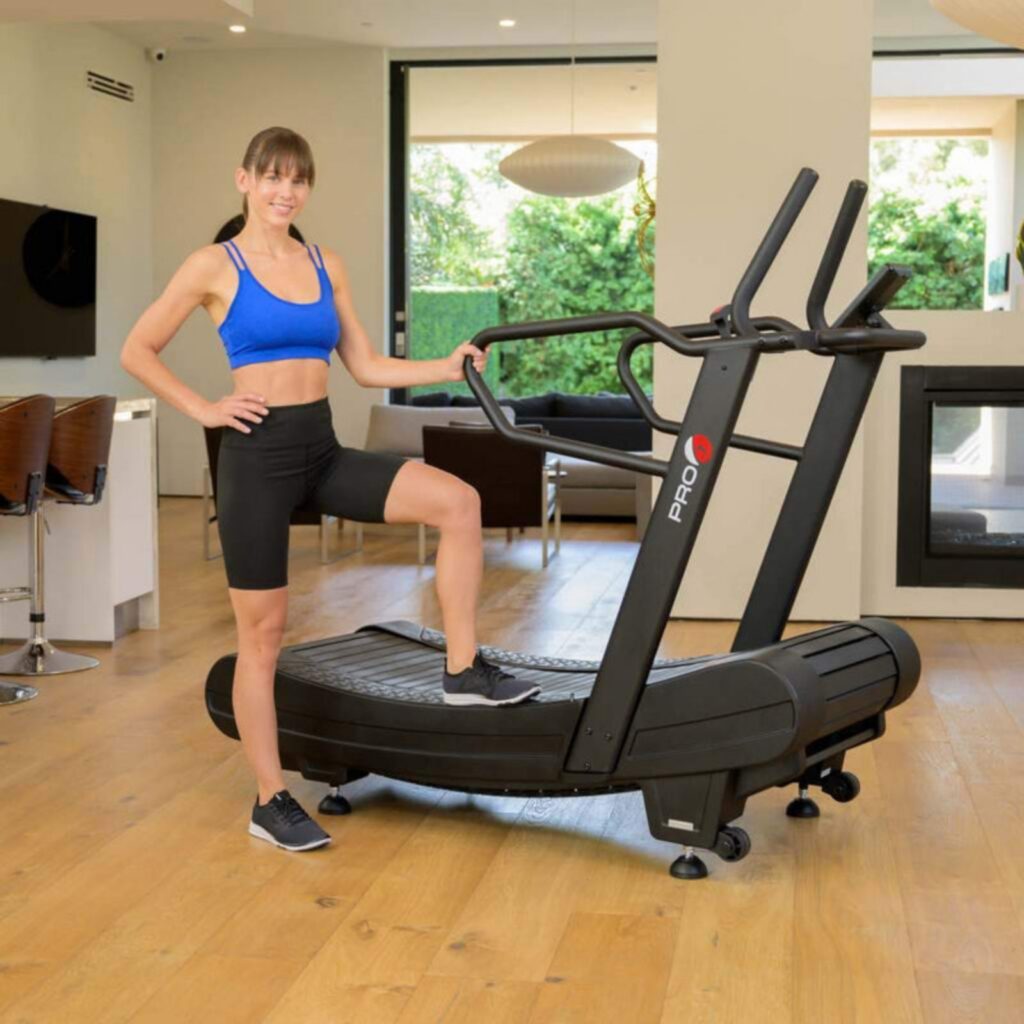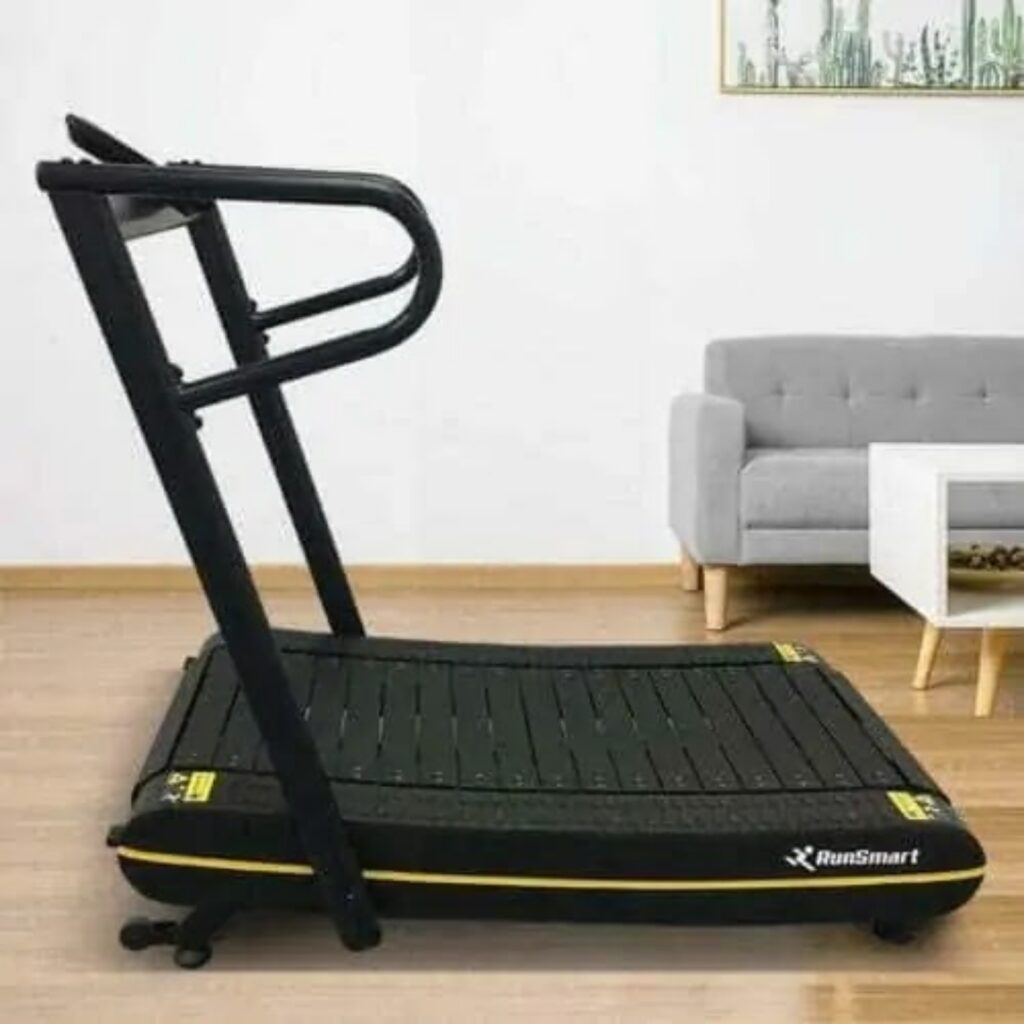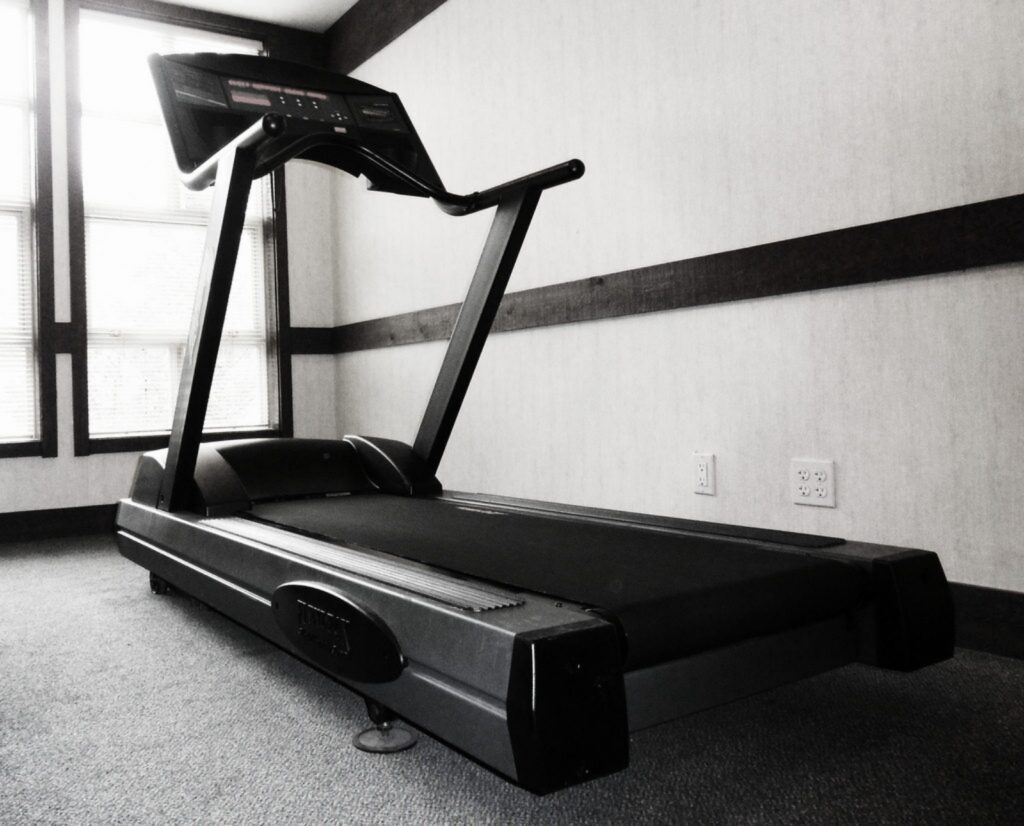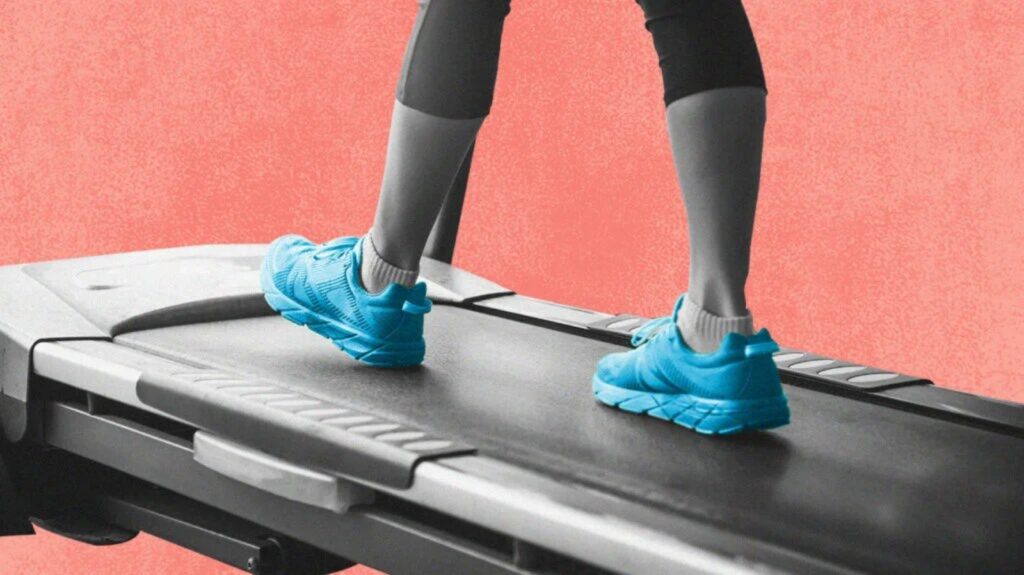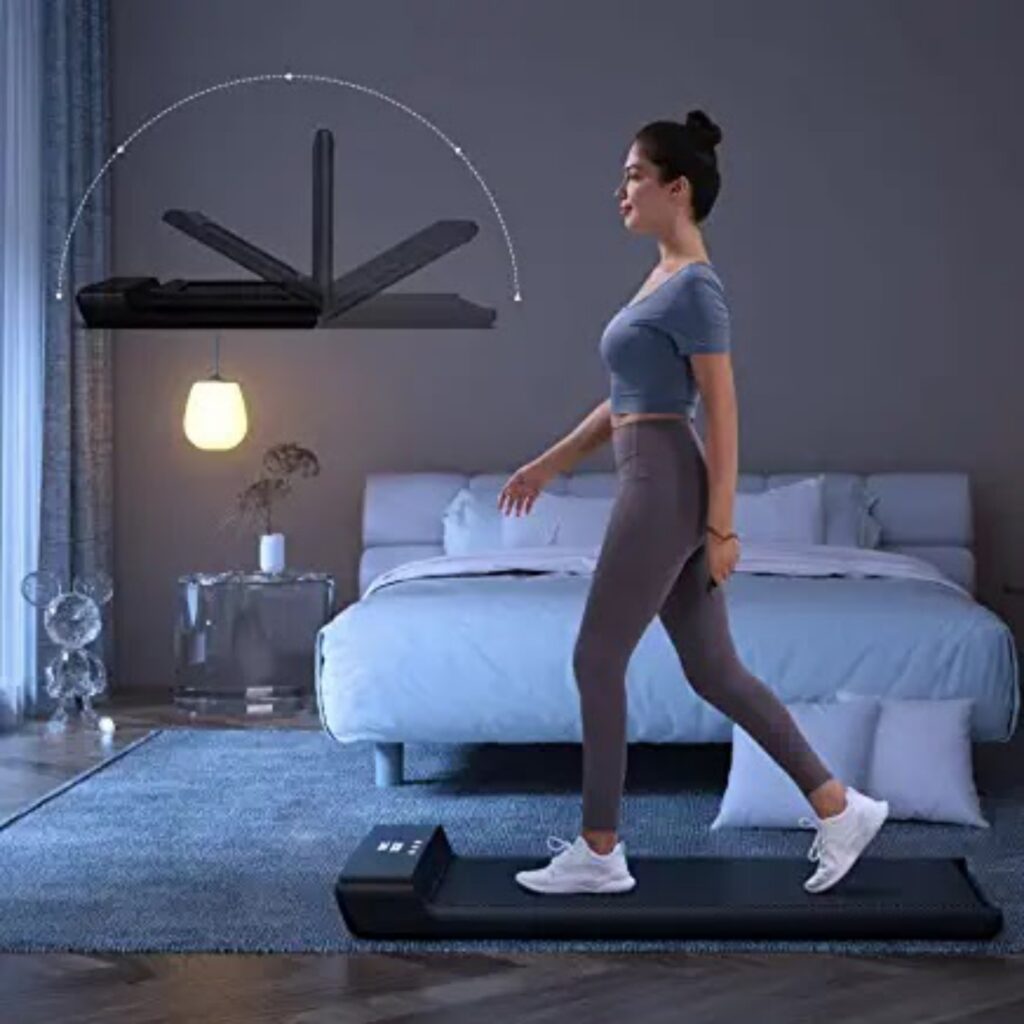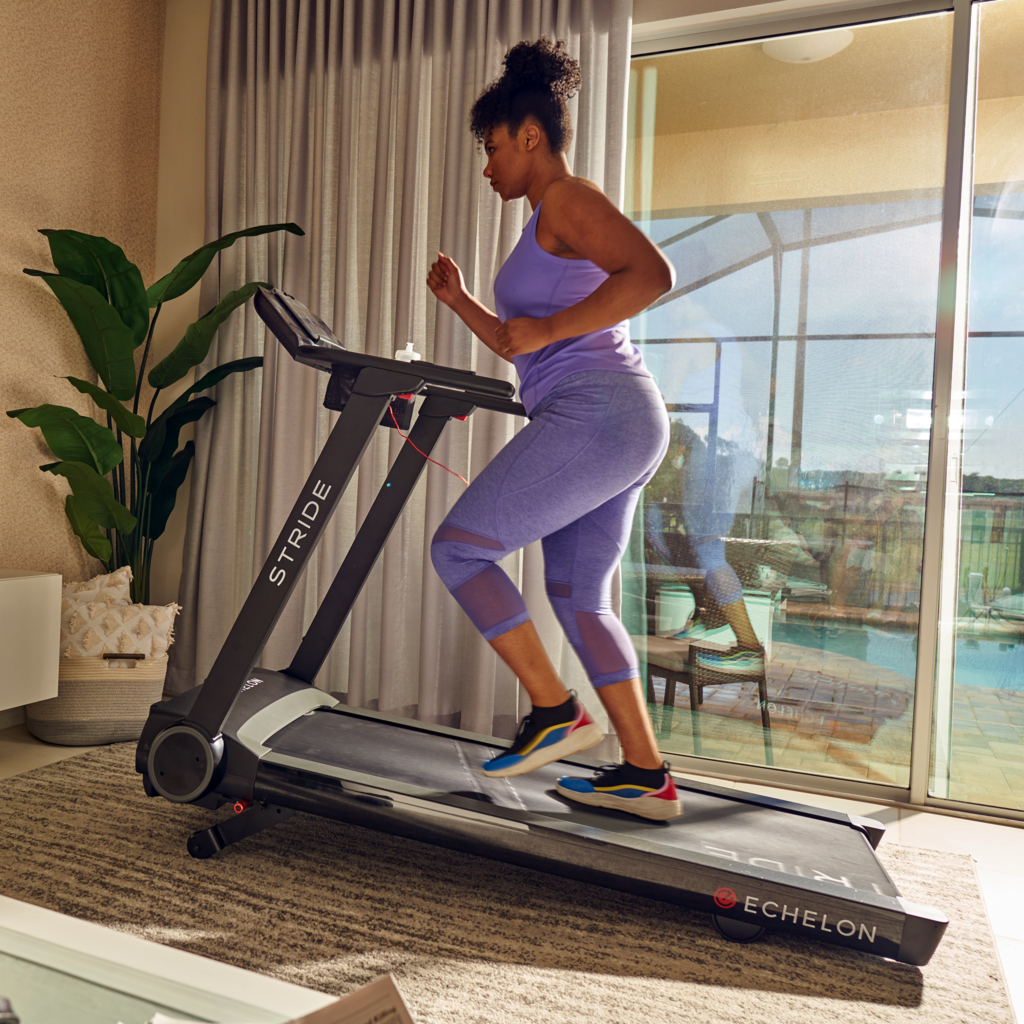Incline Walking Treadmill A Powerful Workout for Cardio and More
Outline
1. Introduction
2. What is an Incline Walking Treadmill?
3. Benefits of Incline Walking Treadmill
- Cardiovascular Health
- Increased Calorie Burn
- Muscular Engagement
- Low-Impact Exercise
- Convenience and Accessibility
4. How to Use an Incline Walking Treadmill
- Setting the Incline
- Adjusting Speed
- Proper Walking Technique
- Duration and Frequency
5. Tips for Effective Incline Walking Workouts
- Warm-up and Cool-down
- Incorporating Intervals
- Monitoring Heart Rate
- Listening to Music or Podcasts
- Proper Footwear
6. Incline Walking vs. Flat Walking
- Muscle Activation
- Calorie Burn
- Cardiovascular Benefits
7. Choosing the Right Incline Walking Treadmill
- Motor Power and Speed Range
- Maximum Incline Level
- Belt Size and Cushioning
- Safety Features
- Display and Console Features
8. Safety Precautions for Using an Incline Walking Treadmill
- Consulting a Healthcare Professional
- Starting Slowly and Progressing Gradually
- Using Safety Clip or Lanyard
- Maintaining Proper Form and Posture
- Staying Hydrated
9. Conclusion
10. FAQs
- Can I lose weight by walking on an incline treadmill?
- How often should I use an incline walking treadmill?
- Is incline walking suitable for all fitness levels?
- Can incline walking help with toning my leg muscles?
- Are there any potential risks or drawbacks to using an incline walking treadmill?
11. Get Access Now
Incline Walking Treadmill A Powerful Workout for Cardio and More
Are you looking for an effective way to boost your cardiovascular health, burn more calories, and engage your muscles without subjecting your joints to excessive stress? Look no further than the incline walking treadmill. This versatile exercise equipment allows you to simulate the challenges of walking uphill, providing you with an intense yet low-impact workout. In this article, we’ll explore the benefits of incline walking treadmills, how to use them effectively, and why they can be a great addition to your fitness routine.
Benefits of Incline Walking Treadmill
Cardiovascular Health
Walking on an incline treadmill can significantly improve your cardiovascular health. By walking uphill, your heart has to work harder to pump blood to your muscles, increasing your heart rate and promoting better circulation. This cardiovascular challenge helps strengthen your heart, reduces the risk of heart disease, and improves overall endurance.
Increased Calorie Burn
If weight loss is one of your goals, the incline walking treadmill can be a powerful tool in your fitness arsenal. Walking on an incline requires more effort from your muscles compared to walking on a flat surface. This increased effort translates to a higher calorie burn during and after your workout. Incline walking can help you shed unwanted pounds and achieve your weight loss goals more effectively.
Muscular Engagement
In addition to its cardiovascular benefits, incline walking engages multiple muscle groups in your lower body. The incline places extra emphasis on your calves, quadriceps, hamstrings, and glutes, making them work harder to propel you forward. Over time, this can lead to improved muscle tone, strength, and endurance in your lower body.
Low-Impact Exercise
Unlike running or jogging, which can put significant stress on your joints, incline walking provides a low-impact workout. The treadmill’s cushioned surface helps absorb shock, reducing the impact on your knees, hips,
and ankles. This makes incline walking a suitable option for individuals with joint issues, older adults, or those recovering from injuries.
### Convenience and Accessibility
One of the advantages of incline walking treadmills is their convenience and accessibility. With a treadmill at home or in a gym, you can easily incorporate incline walking into your daily routine. Regardless of the weather or time of day, you have the freedom to exercise at your own pace and in the comfort of your own space.
## **How to Use an Incline Walking Treadmill**
To make the most of your incline walking treadmill workouts, it’s essential to use the equipment correctly and maintain proper form. Here are some key steps to follow:
Setting the Incline
Begin by setting the incline level on your treadmill. Start with a moderate incline of around 5-7% and gradually increase it as you become more comfortable and stronger. Aim for an incline that challenges you without compromising your form.
Adjusting Speed
Once the incline is set, adjust the speed to a comfortable walking pace. You should be able to maintain a conversation without feeling too breathless. As your fitness level improves, you can gradually increase the speed to intensify the workout.
Proper Walking Technique
Maintaining proper walking technique is crucial for an effective and safe workout. Keep your head up, shoulders relaxed, and engage your core muscles. Land on your heels and roll through your foot, pushing off with your toes. Avoid leaning forward or backward excessively.
Duration and Frequency
For beginners, start with shorter sessions of 10-15 minutes and gradually increase the duration as you build stamina. Aim for at least 30 minutes of incline walking, three to five times a week, to reap the full benefits. Listen to your body and rest when needed to avoid overexertion.
Tips for Effective Incline Walking Workouts
To add variety and maximize the benefits of your incline walking workouts, consider incorporating the following tips:
Warm-up and Cool-down
Before and after your incline walking session, spend a few minutes warming up and cooling down. This can include dynamic stretches, leg swings, and light walking at a slower pace. Warming up prepares your muscles for exercise, while cooling down helps prevent muscle soreness and promotes recovery.
Incorporating Intervals
To boost calorie burn and cardiovascular fitness, incorporate interval training into your incline walking routine. Alternate between periods of moderate intensity and higher intensity by increasing your speed or incline. For example, walk at a comfortable pace for three minutes, then increase the speed for one minute of brisk walking or light jogging.
Monitoring Heart Rate
To ensure you’re working at an appropriate intensity, consider monitoring your heart rate during your workouts. Use a heart rate monitor or the pulse sensors on the treadmill to stay within your target heart rate zone. This will help you track your progress and make adjustments to your workout intensity if needed.
Listening to Music or Podcasts
Make your incline walking workouts more enjoyable by listening to your favorite music, podcasts, or audiobooks. The right audio accompaniment can keep you motivated, distract you from the effort, and make the time pass more quickly.
Proper Footwear
Invest in a pair of supportive and cushioned walking shoes to provide comfort and prevent any potential foot or leg discomfort. Good-quality shoes with proper arch support and shock absorption can enhance your walking experience and reduce the risk of injuries.
Incline Walking vs. Flat Walking
While flat walking also offers numerous health benefits, there are distinct advantages to choosing incline walking. Here’s a comparison of the two:
Muscle Activation
Incline walking engages more muscle groups compared to flat walking. The increased incline recruits muscles in your calves,
thighs, and glutes to a greater extent. This can result in more significant muscle activation and toning in your lower body.
Calorie Burn
Walking on an incline burns more calories compared to walking on a flat surface. The additional effort required to walk uphill elevates your heart rate and boosts your metabolism, leading to a higher calorie expenditure.
Cardiovascular Benefits
In terms of cardiovascular benefits, both flat walking and incline walking contribute to improved heart health and increased endurance. However, incline walking places greater demands on your cardiovascular system due to the added challenge of walking uphill.
Choosing the Right Incline Walking Treadmill
When selecting an incline walking treadmill, consider the following factors to ensure it meets your needs and preferences:
Motor Power and Speed Range
Look for a treadmill with a motor power that supports your desired walking speed and incline level. Higher motor power allows for smoother operation, especially at steeper inclines. Consider a speed range that accommodates both your walking and potential jogging preferences.
Maximum Incline Level
Check the maximum incline level the treadmill offers. A higher maximum incline allows for more challenging workouts and provides room for progression as your fitness level improves.
Belt Size and Cushioning
Ensure the treadmill’s belt size is sufficient for comfortable and unrestricted walking. Opt for a treadmill with cushioning or shock absorption features to minimize impact on your joints and provide a comfortable walking surface.
Safety Features
Prioritize treadmills that have safety features such as an emergency stop button, handrails for support, and a safety clip or lanyard that automatically stops the treadmill if you lose balance or fall.
Display and Console Features
Consider the display and console features that provide feedback on your workout, such as speed, incline, time, distance, and calories burned. User-friendly controls and additional features like preset workout programs can enhance your overall treadmill experience.
Safety Precautions for Using an Incline Walking Treadmill
To ensure a safe and injury-free incline walking experience, follow these precautions:
Consulting a Healthcare Professional
If you have any pre-existing medical conditions or concerns, it’s essential to consult with a healthcare professional before starting a new exercise routine, including incline walking.
Starting Slowly and Progressing Gradually
Begin with a lower incline and slower pace, especially if you’re new to incline walking or have been inactive for a while. Gradually increase the intensity, duration, and frequency of your workouts as your fitness level improves.
Using Safety Clip or Lanyard
Always attach the safety clip or lanyard to your clothing when using the treadmill. This ensures that the treadmill stops immediately if you lose balance or drift too far back on the belt.
Maintaining Proper Form and Posture
Maintaining proper form and posture while walking on the incline treadmill is crucial for preventing injuries. Keep your back straight, shoulders relaxed, and engage your core muscles. Avoid holding onto the handrails for extended periods, as this can disrupt your natural walking mechanics.
Staying Hydrated
During your workouts, stay hydrated by drinking water before, during, and after your incline walking sessions. Proper hydration helps maintain optimal performance and prevents dehydration.
Conclusion
Incline walking treadmills provide an excellent opportunity to enhance your cardiovascular health, burn calories, and engage multiple muscle groups. With their convenience, low-impact nature, and customizable options, they offer a versatile and effective workout option for people of all fitness levels. By incorporating incline walking into your routine and following proper techniques and safety precautions, you can enjoy the benefits of this powerful exercise equipment.
Sure! I apologize for the interruption. Let’s continue with the article.
FAQs (Continued)
1. Can I lose weight by walking on an incline treadmill?
Absolutely! Walking on an incline treadmill can be an effective way to lose weight. By increasing the incline, you engage more muscles and elevate your heart rate, leading to a higher calorie burn. Combined with a healthy diet, regular incline walking workouts can contribute to weight loss and help you achieve your fitness goals.
2. How often should I use an incline walking treadmill?
The frequency of your incline walking workouts depends on your fitness level and goals. Ideally, aim for at least three to five sessions per week. Consistency is key, so find a schedule that works for you and stick to it. Remember to listen to your body and allow for rest and recovery days to avoid overtraining.
3. Is incline walking suitable for all fitness levels?
Yes, incline walking can be adapted to suit various fitness levels. Beginners can start with a lower incline and gradually increase it over time as they build strength and endurance. It’s always a good idea to consult with a fitness professional or healthcare provider if you have any concerns or specific health conditions.
4. Can incline walking help with toning my leg muscles?
Absolutely! Incline walking targets and engages the muscles in your lower body, including your calves, quadriceps, hamstrings, and glutes. As you walk uphill, these muscles work harder to propel you forward, resulting in increased muscle activation and toning. Consistent incline walking can help shape and strengthen your leg muscles.
5. Are there any potential risks or drawbacks to using an incline walking treadmill?
While incline walking treadmills offer numerous benefits, it’s important to be aware of potential risks. It’s crucial to start at a comfortable level and gradually increase the intensity to avoid overexertion. Additionally, individuals with certain health conditions or injuries should consult with a healthcare professional before incorporating incline walking into their fitness routine.
Remember, safety should always be a priority. Maintain proper form, use the safety features of the treadmill, and listen to your body. If you experience any pain, discomfort, or dizziness during your workouts, stop and seek medical advice if necessary.
Are you ready to take your fitness routine to the next level? Incline walking treadmills provide a challenging yet low-impact workout that can benefit your cardiovascular health, help you burn calories, and engage your leg muscles. With proper techniques, safety precautions, and consistency, you can enjoy the benefits of incline walking and achieve your fitness goals.
Get started today and experience the power of incline walking!
Get Access Now: CLICK HERE
Incline Walking Treadmill A Powerful Workout for Cardio and More Incline Walking Treadmill A Powerful Workout for Cardio and More Incline Walking Treadmill A Powerful Workout for Cardio and More
Incline Walking Treadmill A Powerful Workout for Cardio and More Incline Walking Treadmill A Powerful Workout for Cardio and More Incline Walking Treadmill A Powerful Workout for Cardio and More
Incline Walking Treadmill A Powerful Workout for Cardio and More Incline Walking Treadmill A Powerful Workout for Cardio and More Incline Walking Treadmill A Powerful Workout for Cardio and More
Incline Walking Treadmill A Powerful Workout for Cardio and More Incline Walking Treadmill A Powerful Workout for Cardio and More Incline Walking Treadmill A Powerful Workout for Cardio and More
Incline Walking Treadmill A Powerful Workout for Cardio and More Incline Walking Treadmill A Powerful Workout for Cardio and More Incline Walking Treadmill A Powerful Workout for Cardio and More
Incline Walking Treadmill A Powerful Workout for Cardio and More Incline Walking Treadmill A Powerful Workout for Cardio and More Incline Walking Treadmill A Powerful Workout for Cardio and More
Incline Walking Treadmill A Powerful Workout for Cardio and More Incline Walking Treadmill A Powerful Workout for Cardio and More Incline Walking Treadmill A Powerful Workout for Cardio and More
Incline Walking Treadmill A Powerful Workout for Cardio and More Incline Walking Treadmill A Powerful Workout for Cardio and More Incline Walking Treadmill A Powerful Workout for Cardio and More
Incline Walking Treadmill A Powerful Workout for Cardio and More Incline Walking Treadmill A Powerful Workout for Cardio and More Incline Walking Treadmill A Powerful Workout for Cardio and More
Incline Walking Treadmill A Powerful Workout for Cardio and More Incline Walking Treadmill A Powerful Workout for Cardio and More Incline Walking Treadmill A Powerful Workout for Cardio and More


